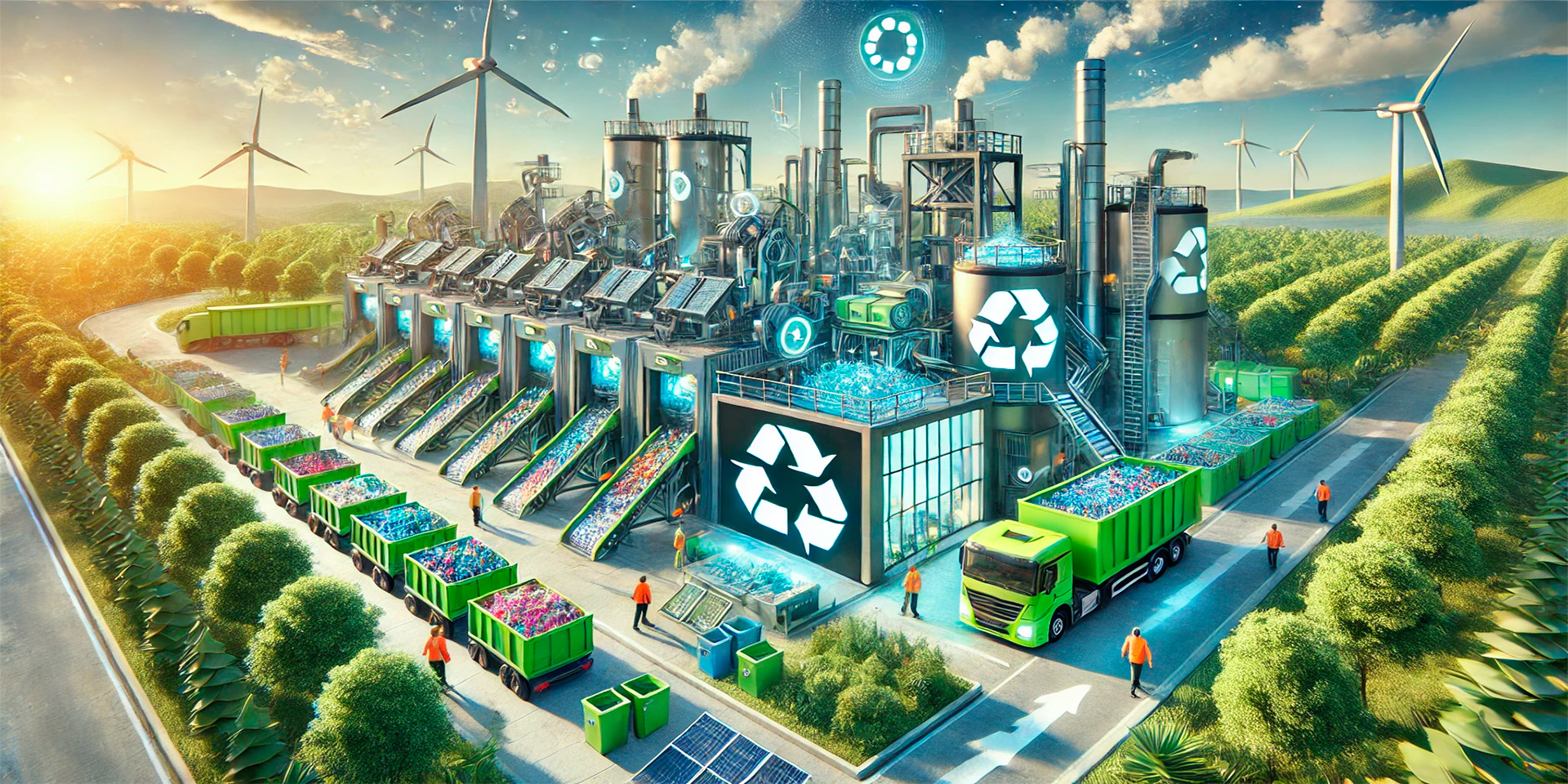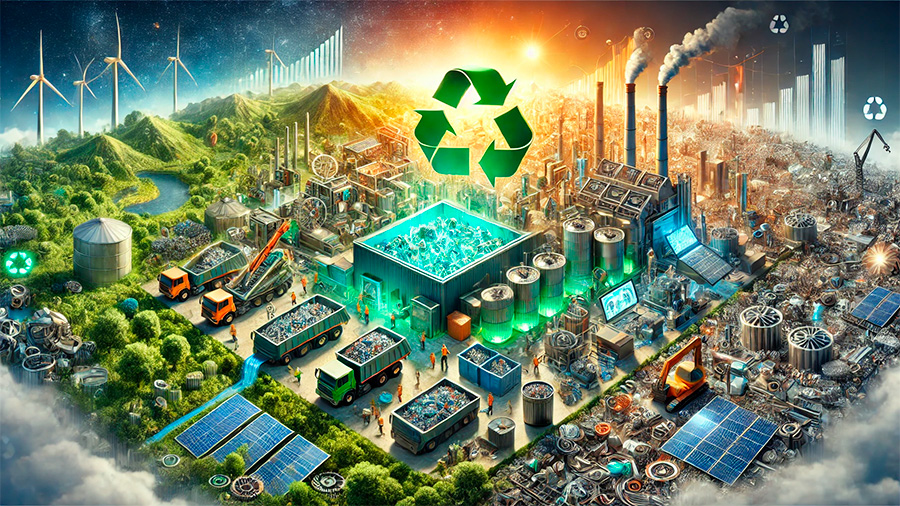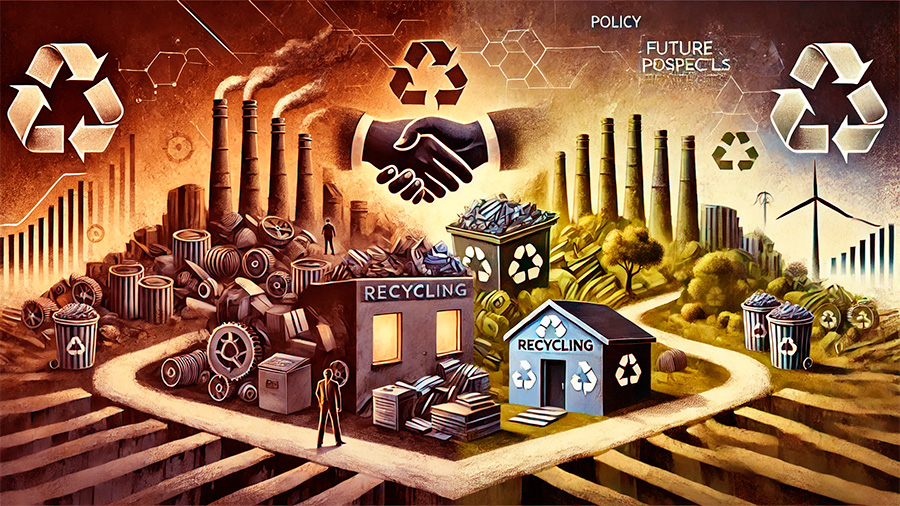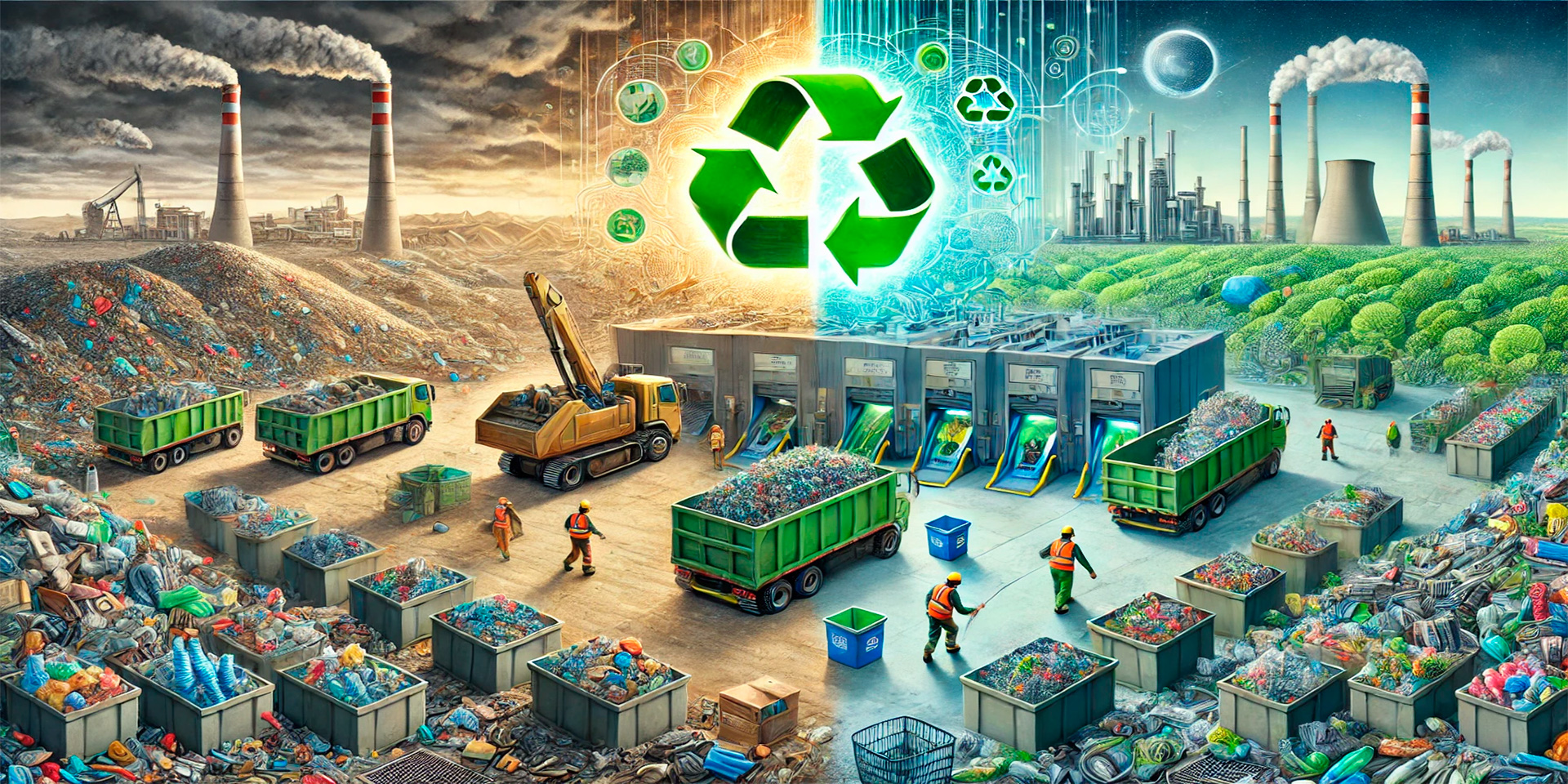
Recycling is a crucial element in the global effort to reduce waste, conserve natural resources, and promote sustainability. However, one of the biggest barriers to expanding recycling efforts is the significant investment required for technology, equipment, and infrastructure. As a result, financial assistance through recycling loans has become a key driver in enabling companies to adopt cutting-edge recycling technologies. These loans support the growth and modernization of waste management operations, enabling businesses to process more materials efficiently and contribute to a circular economy. This article explores how recycling loans are transforming the waste management sector and fostering innovation in recycling practices.
The Role of Loans in Advancing Recycling Technologies
Recycling is often seen as a cost-effective and environmentally responsible practice, but the upfront costs of implementing advanced recycling technologies can be prohibitive, especially for small and medium-sized enterprises (SMEs). Recycling loans provide a critical source of capital for these businesses to modernize their operations, purchase new equipment, and implement more efficient recycling processes. By making these loans available, governments and financial institutions are helping to create an environment where innovation and sustainability can thrive.
1. Financing Advanced Recycling Equipment
Recycling technologies have advanced significantly in recent years. New machinery and equipment, such as sorting systems, shredders, and chemical recycling units, have made it possible to recycle a wider variety of materials more efficiently. However, these advanced systems require a significant investment in both equipment and installation, which can be a challenge for businesses operating on tight budgets.
How loans help finance recycling equipment:
- Access to cutting-edge technology: Recycling loans enable businesses to purchase state-of-the-art equipment, such as automated sorting machines and high-efficiency balers, which increase the speed and accuracy of material processing.
- Improved efficiency: By investing in modern recycling systems, companies can improve their operational efficiency, reduce waste, and lower processing costs, ultimately making recycling more cost-effective and profitable.
- Increased recycling capacity: With the right technology, businesses can increase their recycling capacity, allowing them to handle more materials, including complex plastics, metals, and electronic waste, which were previously difficult to recycle.
2. Enabling the Adoption of Chemical Recycling
Chemical recycling is an emerging technology that breaks down plastics and other materials into their basic building blocks, which can then be reused to create new products. Unlike traditional mechanical recycling, which involves physically shredding and remolding materials, chemical recycling offers the potential to process contaminated or mixed plastics that would otherwise be discarded. However, the cost of setting up chemical recycling plants can be high, making it difficult for businesses to adopt this technology without financial assistance.
How loans support the adoption of chemical recycling:
- Capital for plant development: Recycling loans can help businesses secure the funding needed to build chemical recycling facilities, which require significant investment in research, development, and infrastructure.
- Lowering financial barriers: By providing affordable loans, financial institutions make it possible for companies to invest in long-term sustainable practices, such as chemical recycling, which have the potential to revolutionize the recycling industry.
- Supporting innovation: Recycling loans allow companies to experiment with new chemical processes, improving the efficiency of recycling and expanding the types of materials that can be recycled.
3. Expanding Recycling Infrastructure
In addition to financing equipment, recycling loans are also used to expand recycling infrastructure, such as collection and sorting facilities, waste processing plants, and storage systems. As cities and communities grow, the need for larger and more efficient recycling infrastructure becomes critical. However, building these facilities requires substantial investment, which can be difficult for local governments and businesses to manage without financial support.
The importance of loans in expanding recycling infrastructure:
- Scaling up operations: Recycling loans enable businesses and municipalities to scale up their operations, creating larger and more efficient facilities that can handle the growing volumes of waste generated by urbanization and industrialization.
- Improving waste diversion rates: By expanding recycling infrastructure, companies can increase their waste diversion rates, ensuring that more materials are recycled rather than sent to landfills or incinerators.
- Creating sustainable communities: Investments in recycling infrastructure help communities move toward sustainability, reducing waste, conserving resources, and fostering a circular economy.

The Benefits of Recycling Loans for the Environment and Economy
Recycling loans are not just about supporting individual businesses—they are a tool for driving broader environmental and economic benefits. By facilitating the adoption of innovative recycling technologies, loans contribute to a more sustainable and circular economy, reducing the reliance on virgin materials and cutting down on waste.
1. Reducing Environmental Impact
Recycling is one of the most effective ways to reduce environmental impact, particularly in terms of lowering greenhouse gas emissions, conserving natural resources, and reducing waste sent to landfills. By enabling companies to modernize their operations with advanced recycling technologies, recycling loans help reduce the environmental footprint of waste management activities.
How loans reduce environmental impact:
- Lowering carbon emissions: Recycling processes typically require less energy compared to producing new materials from raw resources. By investing in efficient technologies, companies can reduce their carbon footprint and contribute to global efforts to combat climate change.
- Minimizing landfill waste: Increased recycling capacity allows more materials to be diverted from landfills, reducing the environmental hazards associated with waste disposal and landfill overflows.
- Conserving natural resources: Recycling reduces the need for raw material extraction, which can cause significant environmental degradation through mining, logging, and other resource-intensive activities.
2. Creating Economic Opportunities and Jobs
The recycling industry is a significant source of employment and economic activity. By supporting the growth of recycling businesses through loans, governments and financial institutions are helping to create jobs and stimulate local economies. The development of new recycling technologies and the expansion of recycling infrastructure also contribute to the creation of high-skill jobs in fields like engineering, research, and environmental management.
The economic impact of recycling loans:
- Job creation: The recycling sector provides jobs in a variety of areas, from waste collection and sorting to the development and maintenance of recycling facilities and equipment.
- Investment in green technologies: Recycling loans help fuel the development of green technologies, such as renewable energy systems, energy-efficient equipment, and sustainable production methods, creating new industries and opportunities for investment.
- Boosting local economies: By fostering the growth of recycling businesses, loans contribute to local economies, creating new economic hubs and supporting sustainable development goals.

Challenges and Future Prospects for Recycling Loans
While recycling loans offer significant benefits, there are challenges to overcome in the industry. Securing funding for recycling projects, especially those involving new technologies, can still be difficult due to the perceived risks associated with the sector. Moreover, there is a need for stronger regulatory frameworks and greater collaboration between governments, businesses, and financial institutions to maximize the effectiveness of these loans.
1. Overcoming Financial Barriers
Although recycling loans have become more accessible, many businesses, especially small and medium-sized enterprises (SMEs), still face difficulties in securing financing. High upfront costs, long payback periods, and perceived risks associated with the recycling sector can deter lenders from offering favorable terms.
2. The Need for Regulatory Support
Governments can play a crucial role in supporting the recycling industry by establishing favorable policies, providing incentives, and ensuring that businesses have access to the resources they need to succeed. Streamlining regulations and providing financial support for innovative recycling projects will be key to overcoming the challenges that still exist in the industry.
Conclusion
Recycling loans are a powerful tool for advancing waste management practices, supporting the adoption of innovative recycling technologies, and fostering a more sustainable economy. By providing financial support for equipment upgrades, infrastructure development, and the adoption of new recycling methods, loans are helping businesses reduce waste, conserve resources, and create economic opportunities. As the world continues to face environmental challenges, recycling loans will remain a critical component in the effort to build a more sustainable future.





